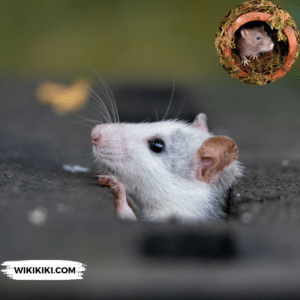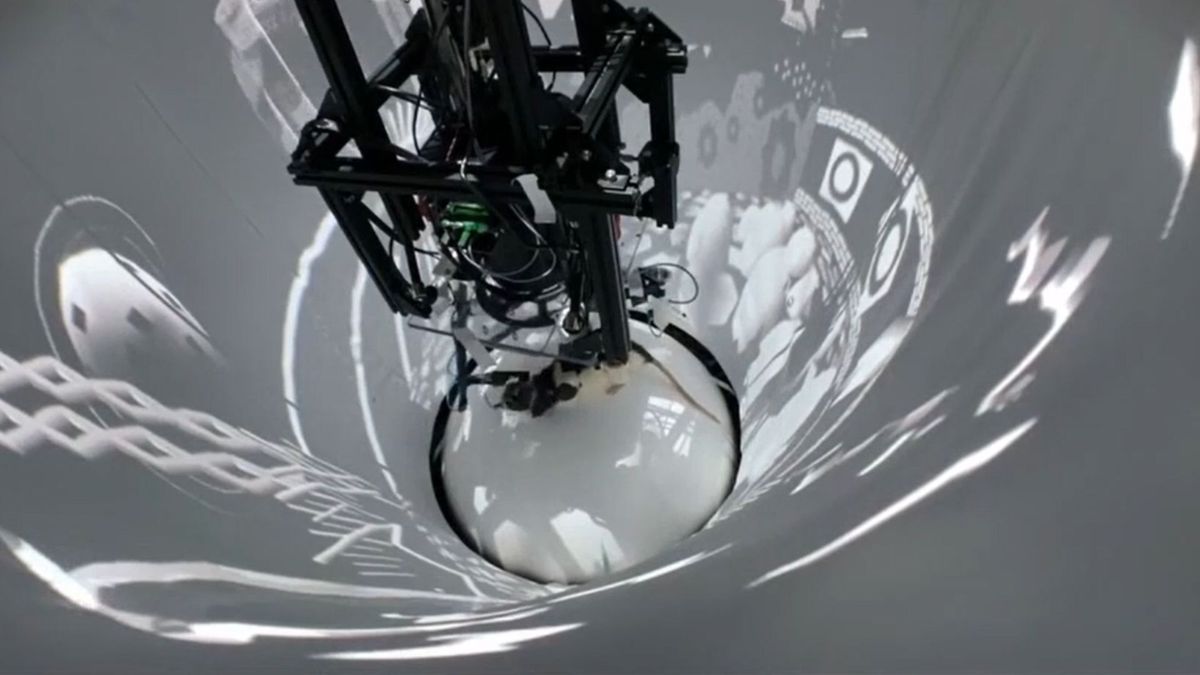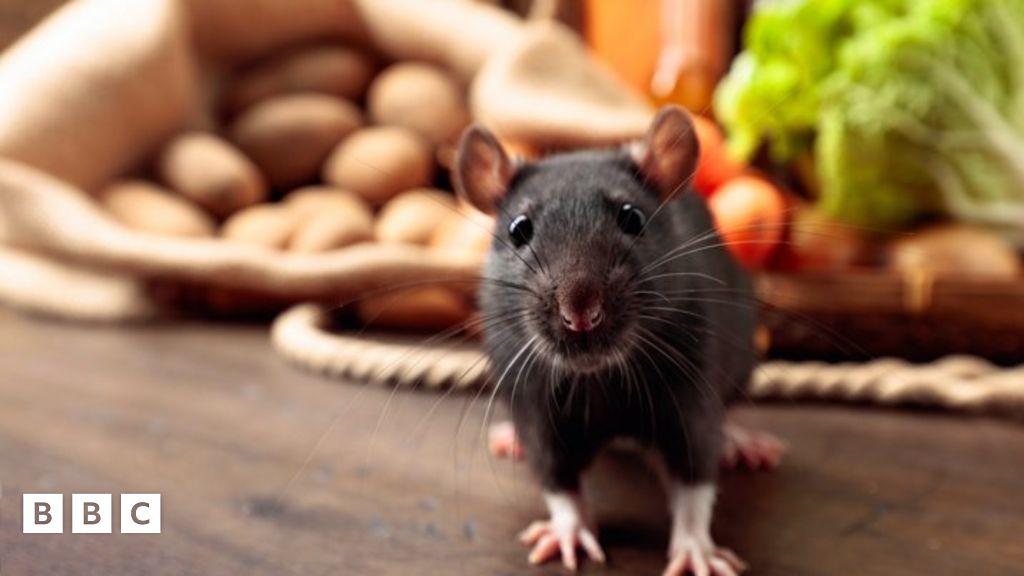The recent discovery that rats possess a form of imagination has opened up new understanding the cognitive abilities of these creatures. In a study conducted by researchers at the Howard Hughes Medical Institute’s Janelia Research Campus, it was demonstrated that rats can reactivate mental maps of familiar places and use them to navigate through an environment.

Also Read: Marsquake: Scientists Surprised by Source of Largest Quake Detected on Mars
This discovery on the cognitive abilities of rats prompts us to reconsider the boundaries of imagination and memory in the animal kingdom.
Human beings have been considered unique in their ability to imagine scenarios that are not immediately present.
Whether it’s envisioning a future vacation, planning a project, or reminiscing about past experiences, our capacity for imagination plays a crucial role in our daily lives.
This imaginative ability is closely linked to our hippocampus, a region of the brain responsible for memory and spatial representation.
As we move through various environments, our hippocampus creates mental maps and encodes them with neural patterns, allowing us to revisit these spaces in our minds.
The study conducted by Chongxi Lai, Albert Lee, and their colleagues challenges the notion that imagination is solely a human attribute.
The researchers focused on the hippocampus of rats, a region known for its role in encoding spatial information.
However, it had been challenging to determine whether rats could voluntarily access and use these mental maps for navigation.
To investigate the rat’s capacity for imagination, the researchers devised an experiment involving a virtual reality (VR) setup.
They implanted electrodes in the rats’ brains, allowing them to measure neural activity in the hippocampus in real-time.
Also Read: OSIRIS-REx Mission: NASA Unveils First Sample from Bennu Asteroid
The rats were placed on a treadmill ball within a 360-degree VR arena, and their goal was to reach a specific location within the virtual environment to receive a reward.
During the initial phase of the experiment, the rat’s activity within the hippocampus was recorded as they explored the virtual environment while running on the treadmill.
The researchers used a computer system to translate this neural activity into specific locations within the VR environment.
The treadmill was decoupled from the VR system, meaning that the rats could no longer physically reach the goal by running on the treadmill.
Instead, they had to rely on their brain activity to navigate within the VR environment. By analyzing the real-time activity in the rats’ hippocampus, the researchers updated the screen every 100 milliseconds to reflect the animals’ current location in the VR environment based on their brain activity.
The rats were able to navigate to the goal using only their brain activity, demonstrating their ability to access and employ their hippocampal representations for mental navigation.
Also Read: Iran Launches Noor-3 Military Satellite into Space
The rats were stationary but could direct an object on the screen to a goal within the VR environment using only their brain activity, showcasing their imaginative abilities.
The findings of this study challenge our understanding of animal cognition and the boundaries of imagination.
Rats, traditionally viewed as creatures of instinct and habit, have now shown that they can engage in imaginative processes akin to those of humans.
These processes involve not only recalling familiar places but also planning and simulating scenarios in their minds.
The results of the study were unequivocal, rats could navigate through the virtual environment using only their thoughts.
By analyzing the real-time neural activity within the rats’ hippocampi, the researchers were able to update the screen with the rats’ current location in the virtual space based on their brain activity.
This suggests that imagination and memory are not exclusive to humans and may be more widely distributed across the animal kingdom than previously believed.
It also raises questions about the nature of imagination in rats, what are they thinking when they navigate through the virtual environment? How closely does their imaginative process resemble that of humans?
Also Read: NASA’s OSIRIS-REx Asteroid Sample Lands Safely in Utah Desert






















